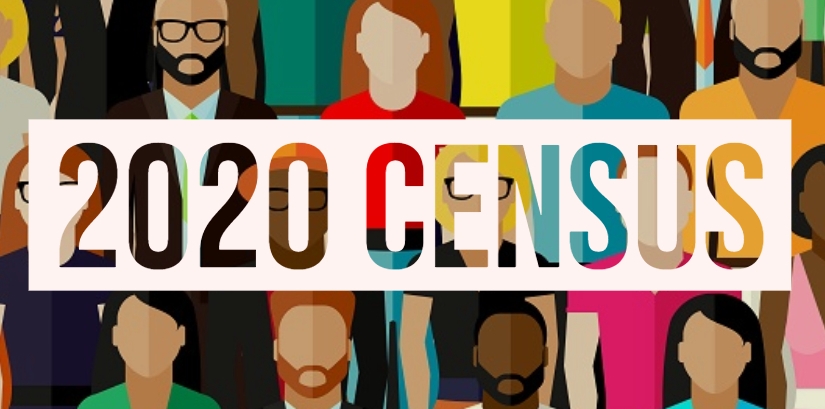It’s easy to lose sight of what’s important in times of crisis. For many of us, our priorities changed as a result of COVID-19. Most of us are in survival mode, whether it’s surviving the coronavirus itself, or withstanding the social and economic hits we are all experiencing as a result of this pandemic. So thinking about the next year, let alone the next 10 years seems like a fools errand. Yet that’s exactly what’s required of us at this very moment.
April 1st is National Census Day. The United States Census is a decennial count mandated by Article I, Section 2 of the United States Constitution, and U.S. residents are mandated by constitutional law to respond. So much of our lives hinge upon this single questionnaire, which makes it one of the most important civic duties we possess outside of voting and paying taxes. So, consider all of the ways in which the federal government uses census data to shape policy that impacts our daily lives:
For starters, your state’s representation in the federal government is determined by census population counts. Even boundaries for state and local voting district are drawn based on census results to ensure that one person has only one vote.
Funding to fill those hazardous potholes in your neighborhood or that new highway that cuts down your commute time is largely determined by census data.
School meals for kids that many families are still relying on right now even as school has been suspended, is made possible only through an accurate tally of those students in need. Not to mention the possibility of school at all — be it college or k-12 — where the accessibility to education is only realized by some through federal Pell and Title 1 grants. Our participation in the census ensures opportunity for young people even before they enter the education system.
Support from the census extends across generations and abilities as well. You or your parents and grandparents might rely on or utilize government programs that receive funding based on the census data. Likewise those with mental and physical disabilities count on being counted for assistance. If you’re not elderly or disabled, you at least look forward to the promise of growing old and having a safety net in place to meet the needs of your aging body in the event that you are no longer able to work for yourself. That safety net will be determined by today’s demographic data in the form of future social security payouts,.
To add to that, public assistance programs like SNAP, subsidized housing, and medicaid are allocated in accordance with census numbers. Speaking of medicaid and healthcare in general, being certain that you are counted to ensure that your community gets its fair share of federal funds dedicated to building, improving, and maintaining hospitals and federally funded clinics is critical considering the times we are in.
To that end, public health disasters like COVID-19 require emergency response and aid from the government like the recently passed CARES Act, and population data helps meet that need. Similarly, demographic details from the census assist epidemiologists and public health personnel in everything from tracking disease outbreaks like the current coronavirus pandemic, to combating the opioid epidemic. Simply put, the COVID-19 response — or lack thereof — that you’re currently witnessing in your community is likely a direct result of census data collected in 2010. Now ask yourself, “How do I feel about that response? Has it been adequate? Is it culturally sensitive and socially responsible to my community?”
However you might feel, now is the time to make your voice heard by making sure your voice is counted. By now you should have received official Census Bureau mail with detailed information, including a 12 digit code unique to your household that you use to respond to the 2020 Census either online, by phone, or by mail. It’s the first time in the history of the census that you can respond without having to meet face-to-face with a census taker, and it takes less than 10 minutes to finish! So there really is no excuse for not completing the questionnaire. Just be sure to respond according to where you live as of the April 1, 2020 Census Day, and include everyone who usually lives and sleeps in your home.
You have until August 14th to get that done, but you’re encouraged to respond as soon as possible so that census takers can focus their efforts on harder-to-reach populations including college students living on campus but who are home right now due to COVID-19 campus closures; incarcerated citizens and residents of nursing and group homes who maybe have been displaced by coronavirus measures; and other populations like the housing insecure who are usually counted through in-person visits that were set to begin in early April, but no longer will be due to COVID-19 social distancing restrictions.
There’s never been more power in 10 minutes to change the next 10 years than right now. The mail has already been sent; the call has already been made; the link has already been posted. The only thing left to do is for you to respond! To get counted visit www.2020census.gov.

